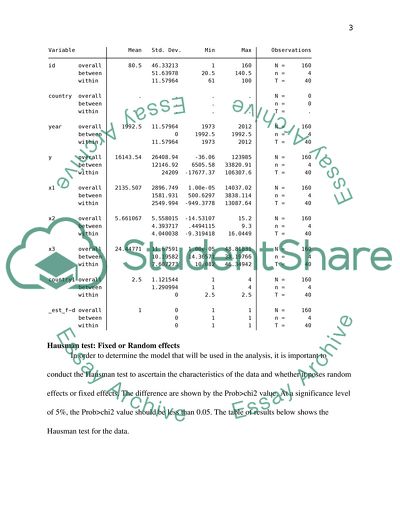Cite this document
(DETERMINANTS OF FDI IN BRIC COUNTRIES: A PANEL DATA ANALYSIS Statistics Project, n.d.)
DETERMINANTS OF FDI IN BRIC COUNTRIES: A PANEL DATA ANALYSIS Statistics Project. https://studentshare.org/macro-microeconomics/1835582-determinants-of-fdi-in-bric-countries-a-panel-data-analysis
DETERMINANTS OF FDI IN BRIC COUNTRIES: A PANEL DATA ANALYSIS Statistics Project. https://studentshare.org/macro-microeconomics/1835582-determinants-of-fdi-in-bric-countries-a-panel-data-analysis
(DETERMINANTS OF FDI IN BRIC COUNTRIES: A PANEL DATA ANALYSIS Statistics Project)
DETERMINANTS OF FDI IN BRIC COUNTRIES: A PANEL DATA ANALYSIS Statistics Project. https://studentshare.org/macro-microeconomics/1835582-determinants-of-fdi-in-bric-countries-a-panel-data-analysis.
DETERMINANTS OF FDI IN BRIC COUNTRIES: A PANEL DATA ANALYSIS Statistics Project. https://studentshare.org/macro-microeconomics/1835582-determinants-of-fdi-in-bric-countries-a-panel-data-analysis.
“DETERMINANTS OF FDI IN BRIC COUNTRIES: A PANEL DATA ANALYSIS Statistics Project”. https://studentshare.org/macro-microeconomics/1835582-determinants-of-fdi-in-bric-countries-a-panel-data-analysis.


